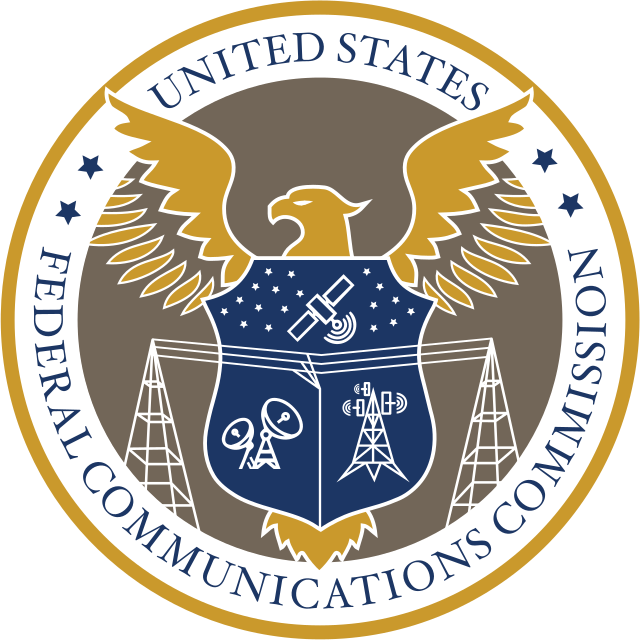FCC moves to open 37 GHz band to federal sharing with industry

Chair Brendan Carr’s FCC is advancing long-awaited rules to clarify how federal and no-federal users can share the lower 37 GHz spectrum band—an underused but promising slice of airwaves that could enable next-generation broadband, IoT, and mobile services. Carr has vocally supported making more spectrum available to the private sector.
The new licensing framework, adopted in April and reported on by RCR Wireless, lays the foundation for fixed wireless deployments by requiring licensees to obtain nationwide, nonexclusive licenses and register individual sites. Operators must bring each site online within one year of registration. The agency also plans to seek comment on additional mechanisms such as automated coordination tools and dynamic spectrum sharing.
The lower 37 GHz band (37.0–37.6 GHz) was first designated in 2016 for terrestrial fixed and mobile use, but a framework for coordination remained elusive. The updated rules draw directly from a late-2024 report by DOD and the National Telecommunications and Information Administration (NTIA) that identified the band as ideal for spectrum innovation given its limited incumbent use and support for highly directional, low-propagation beams.
Under the FCC’s plan, the 37.0–37.2 GHz portion prioritizes DOD access, while the 37.2–37.6 GHz segment will be shared on a coequal basis. To protect passive sensors in the adjacent 36–37 GHz band, the rules also include tighter emission limits.
“This proceeding can fix [the uncertainty] by establishing rules for commercial fixed wireless on a shared basis with federal users,” said Carr. “If we succeed, this new framework could unlock 600 MHz of spectrum—laying the foundation for massive innovation.”
The move aligns with the Biden administration’s National Spectrum Strategy, which named the 37 GHz band a target for expanded access. Although the FCC’s auction authority remains lapsed, Commissioner Geoffrey Starks emphasized that the agency continues to pursue every avenue to open spectrum for public benefit.
While the upper 37 GHz band (37.6–38.6 GHz) was auctioned in 2019, the lower band remained a regulatory gray area. These new rules aim to change that—transforming 600 MHz of shared spectrum into fertile ground for wireless innovation.




Comments ()